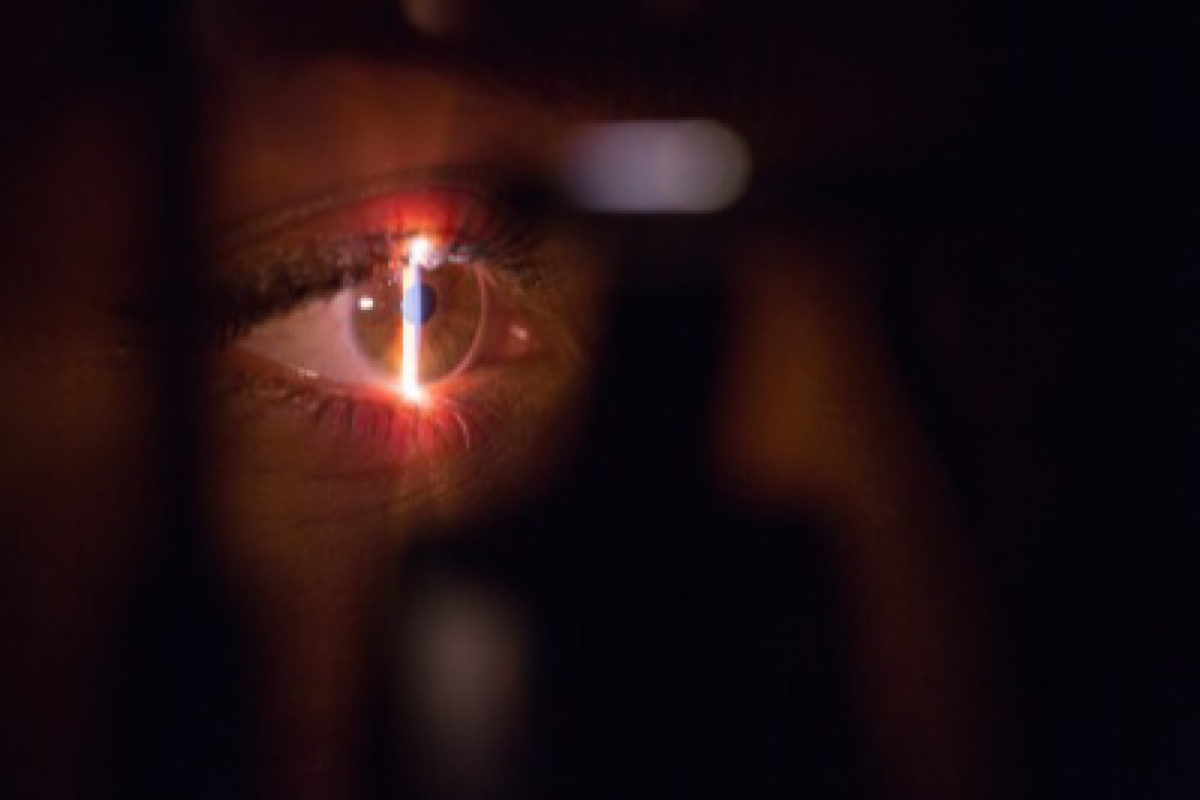Human-animal conflict declared as state-specific disaster in Kerala
In the wake of the recent tragic incidents of wild animal attacks on people, Kerala government on Wednesday declared man-animal conflict as a 'state-specific disaster'.
The findings, published in the journal PLOS Biology, increase understanding of colour blindness, age-related vision loss, and other diseases linked to photoreceptor cells.

Lab-grown retinas give clue why we see colours which dogs or cats can’t
With human retinas grown in a petri dish, researchers have discovered how an offshoot of vitamin A generates the specialized cells that enable us to see millions of colours — an ability that dogs, cats and other mammals do not possess.
The findings, published in the journal PLOS Biology, increase understanding of colour blindness, age-related vision loss, and other diseases linked to photoreceptor cells.
They also demonstrate how genes instruct the human retina to make specific color-sensing cells, a process scientists thought was controlled by thyroid hormones.
Advertisement
“These retinal organoids allowed us for the first time to study this very human-specific trait,” said author Robert Johnston, an associate professor of biology. “It’s a huge question about what makes us human, what makes us different.”
By tweaking the cellular properties of the organoids, the research team found that a molecule called retinoic acid determines whether a cone will specialize in sensing red or green light.
Only humans with normal vision and closely related primates develop the red sensor.
The team found that high levels of retinoic acid in early development of the organoids correlated with higher ratios of green cones. Similarly, low levels of the acid changed the retina’s genetic instructions and generated red cones later in development.
“There still might be some randomness to it, but our big finding is that you make retinoic acid early in development,” Johnston said. “This timing really matters for learning and understanding how these cone cells are made.”
Green and red cone cells are remarkably similar except for a protein called opsin, which detects light and tells the brain what colors people see.
“Because we can control in organoids the population of green and red cells, we can kind of push the pool to be more green or more red,” said author Sarah Hadyniak, who conducted the research as a doctoral student in Johnston’s lab and is now at Duke University.
Scientists still don’t fully understand how the ratio of green and red cones can vary so greatly without affecting someone’s vision.
If these types of cells determined the length of a human arm, the different ratios would produce “amazingly different” arm lengths, Johnston said.
To build understanding of diseases like macular degeneration, the researchers are working with other Johns Hopkins labs. The goal is to deepen their understanding of how cones and other cells link to the nervous system.
Advertisement